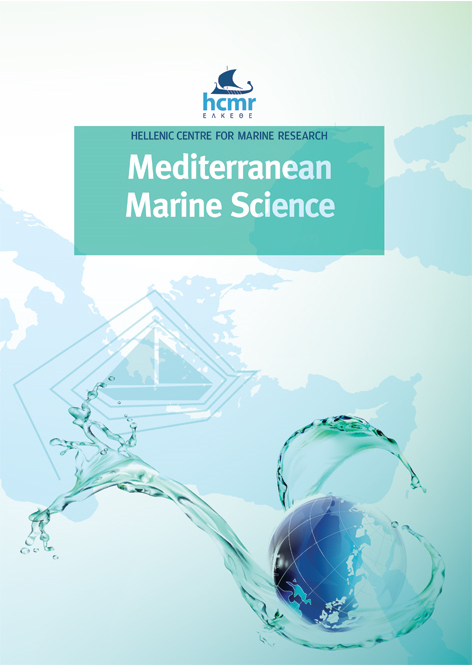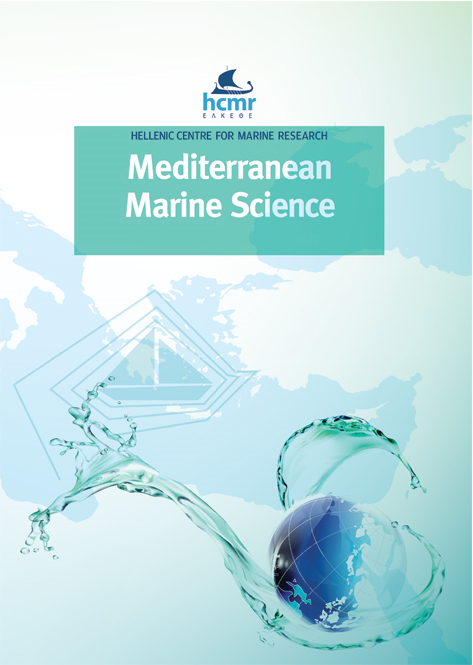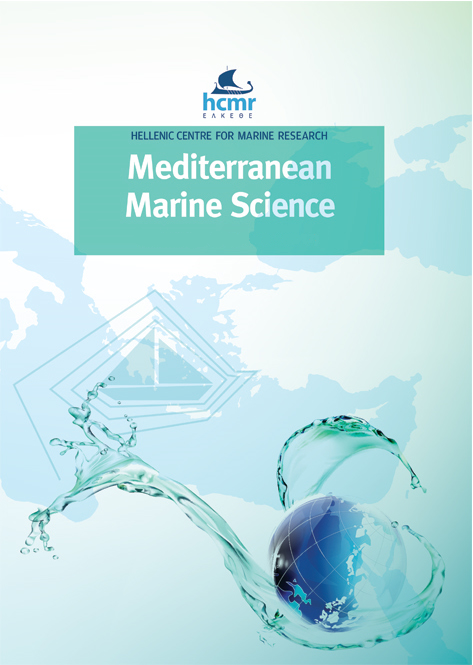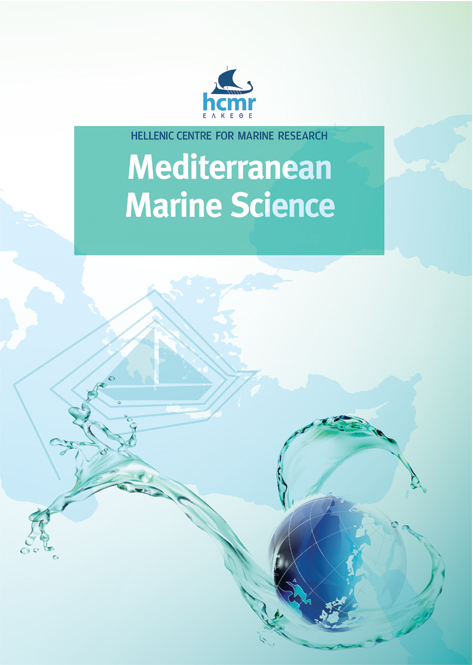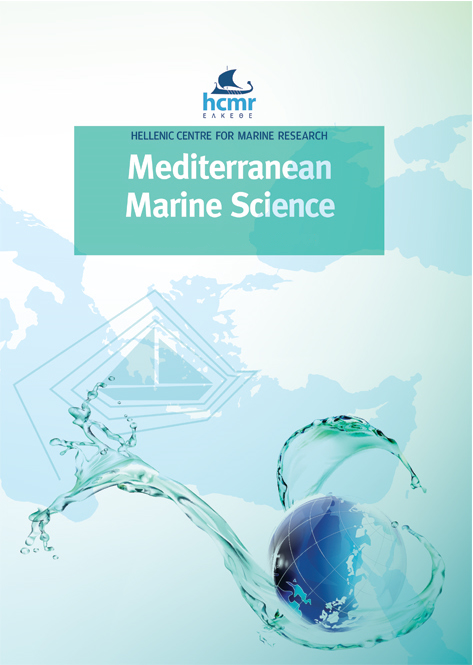Non-indigenous polychaetes along the Salento Peninsula: new records and first molecular data

Abstract
The Salento Peninsula represents the eastern-most edge of the Italian Peninsula, and one of the first areas to be invaded by thermophilic non-indigenous species. The diversity of non-indigenous polychaetes occurring along the Salento Peninsula is reviewed based on literature data and new samples. Overall, fifteen non-indigenous polychaetes were recorded; among them, Syllis similisunzima is reported for the first time in the Mediterranean Sea; Lepidonotus tenuisetosus is recorded for the first time in Italian waters; Pseudonereis anomala, until now known only for Sicily, is reported for the first time from the Italian Peninsula; Dorvillea similis is a first record for the Ionian and Adriatic Sea. 16S rDNA and COI sequences were obtained for eleven species, allowing us in some cases to confirm their identity and/or geographical origin, while in the case of some species they represent the first molecular data ever obtained.
Article Details
- How to Cite
-
LANGENECK, J., PUTIGNANO, M., DIMICHELE, D., GIANGRANDE, A., BILAN, M., TOSO, A., & MUSCO, L. (2024). Non-indigenous polychaetes along the Salento Peninsula: new records and first molecular data. Mediterranean Marine Science, 25(1), 184–203. https://doi.org/10.12681/mms.35851
- Section
- Research Article
Authors who publish with this journal agree to the following terms:
- Authors retain copyright and grant the journal right of first publication with the work simultaneously licensed under a Creative Commons Attribution Non-Commercial License that allows others to share the work with an acknowledgement of the work's authorship and initial publication in this journal.
- Authors are able to enter into separate, additional contractual arrangements for the non-exclusive distribution of the journal's published version of the work (e.g. post it to an institutional repository or publish it in a book), with an acknowledgement of its initial publication in this journal.
- Authors are permitted and encouraged to post their work online (preferably in institutional repositories or on their website) prior to and during the submission process, as it can lead to productive exchanges, as well as earlier and greater citation of published work (See The Effect of Open Access).





